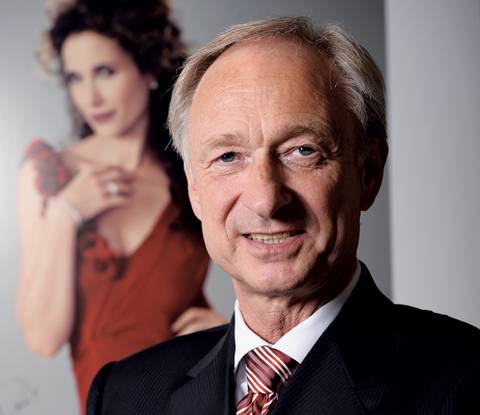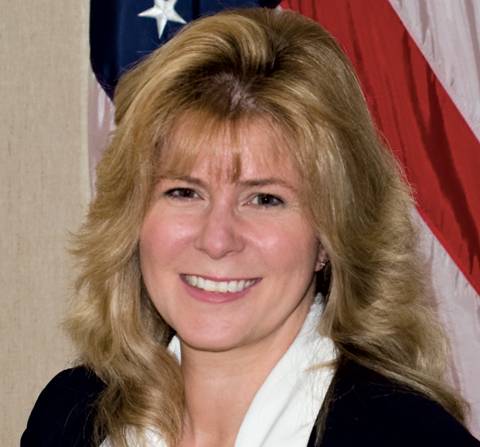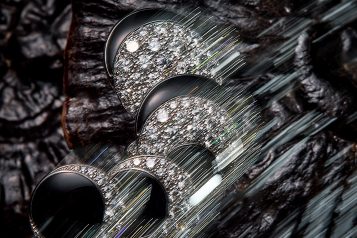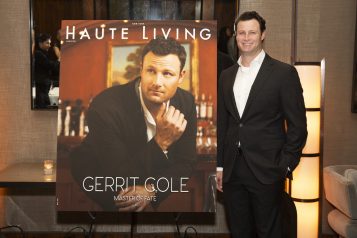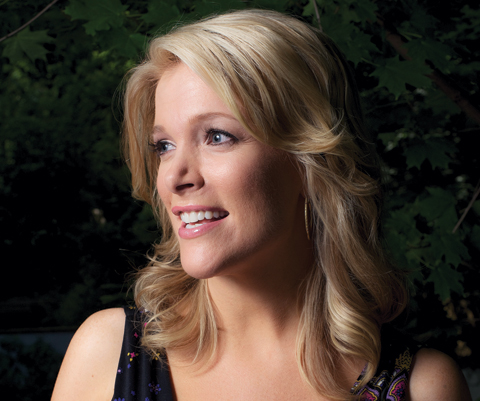
And, if you were among the tens of millions of viewers who watched FNC’s coverage of the 2008 party conventions, you’re definitely familiar with her reporting.
Megyn Kelly has co-anchored the No. 1-rated America’s Newsroom alongside Bill Hemmer for the past two-and-a-half years. Her reporting resume teems with news stories like the Virginia Tech massacre, the trapped coal miners in Utah, the D.C. sniper shootings, and, her favorite to date, the 2008 coverage of the Republican and Democratic National Conventions.
But being in front of the camera on such a large platform is far from where she thought she would be. As a child growing up in Albany, New York, her goal was to become a cowgirl. But it wasn’t the bitter colds of the “tundra” that led her from her dream of a home on the range to millions of television screens around the world. Her destiny was decided by a 10th-grade career aptitude test that clearly spelled out her penchant for journalism.
“The news changes everyday,” she says. “So it’s not like being involved in any litigation that goes on for four years and the trial lasts three months.”
Although she has accomplished a great deal in her short career, Kelly doesn’t sound like someone who thinks she’s reached the top of her potential. “If I could have half the career of Diane Sawyer, I’d be a happy woman,” she says.
Her mention of the legendary ABC newswoman isn’t lost on anyone who is familiar with Sawyer’s bio. Besides being ambitious and tenacious in their reporting, both women have profiles that intersect at quite an impressive point.
They both contemplated careers in law. While Sawyer completed one semester of law school before turning to broadcasting, Kelly went on to graduate from Albany Law School and became a corporate litigator. She spent her 20s arguing cases in courtrooms across the country until she came to the realization that, like Sawyer, the grunt-and-grind nature of law wasn’t the excitement she was looking for.
Also like Sawyer, Kelly turned to her chosen path in broadcasting. Her first gig was with an ABC affiliate in Washington D.C. The relationships she established while in the capitol led to a reporting post with FNC in 2004, which subsequently landed her in her co-anchor seat.
When asked about her employer’s reputation for being conservative, she attributed those perceptions to the network’s primetime host lineup, not its news coverage. “There is no question that Hannity is a conservative,” she says. “But I can tell you from personal experience after having worked with O’Reilly for years now, you never know where he is going to come out on an issue. He definitely leans right when it comes to certain social, traditional value issues, but he’s all over the board on certain other issues. And Greta-nobody knows exactly what her stripes are. I think [the conservative reputation is] really because of Hannity.”
While hair, makeup, and wardrobe don’t require much effort for someone with natural, on-air-ready beauty, gathering news for her show takes a lot of preparation. Kelly admits that most of her research is done online, though she still relies on newspapers to give her a more complete picture of a story. What some have declared to be a nearly obsolete form of media, as she sees it newspapers are a luxury for people in the industry. “Print reporters have the opportunity to go so much more in depth in certain stories than television reporters do because they’re working on stories for months at a time,” she says.
Yet, cable news, one of the struggling industry’s competitors, caters to the same on-the-go types as newspapers. Her audience, unlike the shrinking number who get the bulk of their news in black and white, is used to getting their dose of current events in less verbose spoonfuls both on screen and online.
Taking into account viewer interest and the competition for the No. 1 slot against other super networks like CNN and MSNBC, the fast-paced nature of television news, especially cable news, comes with its share of pressures. But, from the research required to ask the right questions to the confidence needed to deliver the report convincingly, Megyn Kelly doesn’t buckle. After all, this roadrunner-esque type energy is what she dropped all those law books for. “The news changes everyday,” she says. “So it’s not like being involved in any litigation that goes on for four years and the trial lasts three months.”
Though she no longer practices law, her experience in the combative arena of litigation, no doubt, has equipped her with the sharpness that on-air personalities covet in order to remain relevant and competitive.
Just as with Diane Sawyer, it didn’t take Kelly long to figure out what she wanted to be when she grew up. There aren’t many people who can point to exactly what put them on a particular path professionally. And, although she took a nine-year detour from the declaration made by that 10th-grade oracle years ago, she doesn’t allow herself to get hung up on the glitter and star-quality glamour of being a popular television personality.
“It’s not the job on paper that I love,” Kelly says. “After coming from a job I wound up not loving, I can fully appreciate what I have now.” Her appreciation comes as a result of having a career that challenges her intellectually, that affords her the opportunity to work with people who are both interesting and still interested in what they do, and, most importantly, is fun.
Quick to point out that her profession, though successful, is not her life, Kelly’s life behind the cameras soon will become a lot fuller-and nosier-when she and her husband Douglas Brunt welcome their first child in October.
With a bio that already has shades of Diane Sawyer, Megyn Kelly is knee-deep into establishing herself in an enduring career in broadcasting.
Story by Natasha Dorsainvil, Photography by Steven B. Ekerovich







